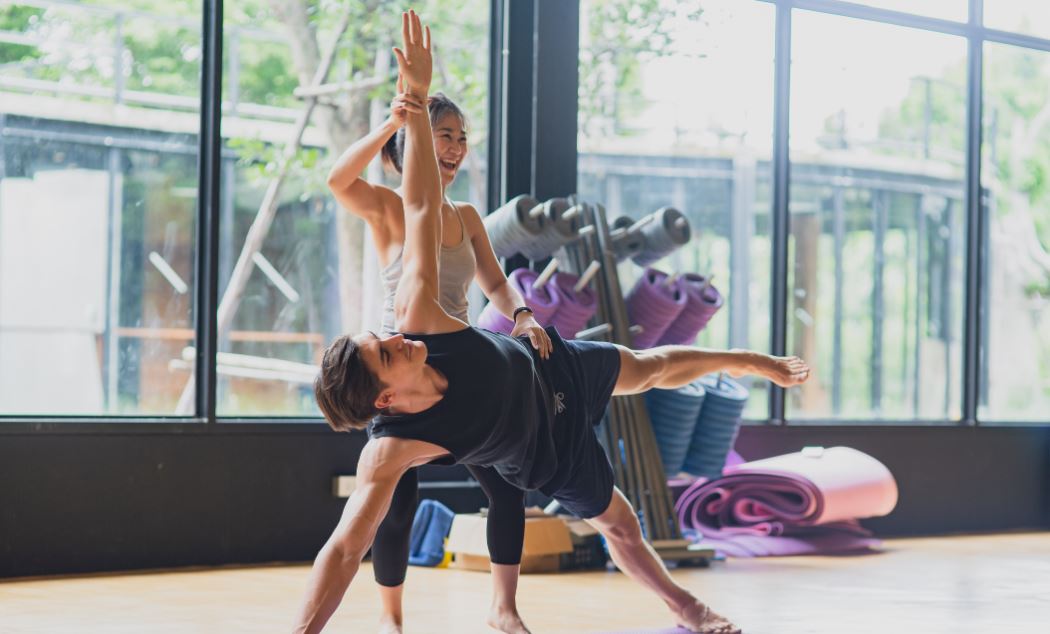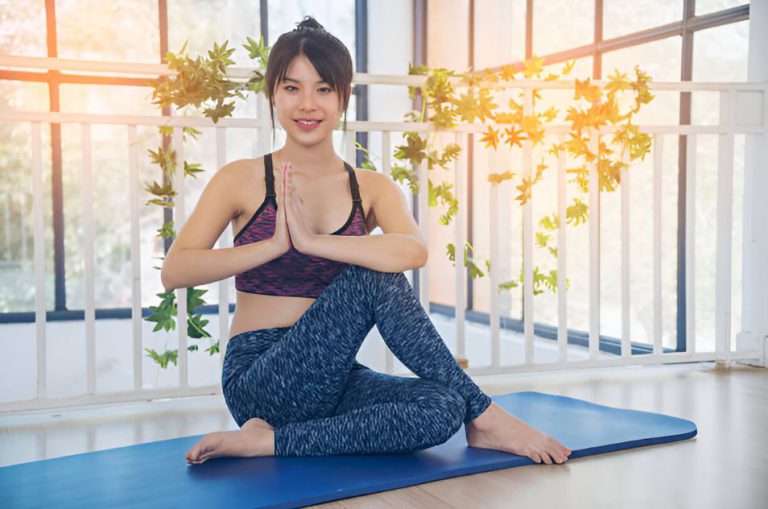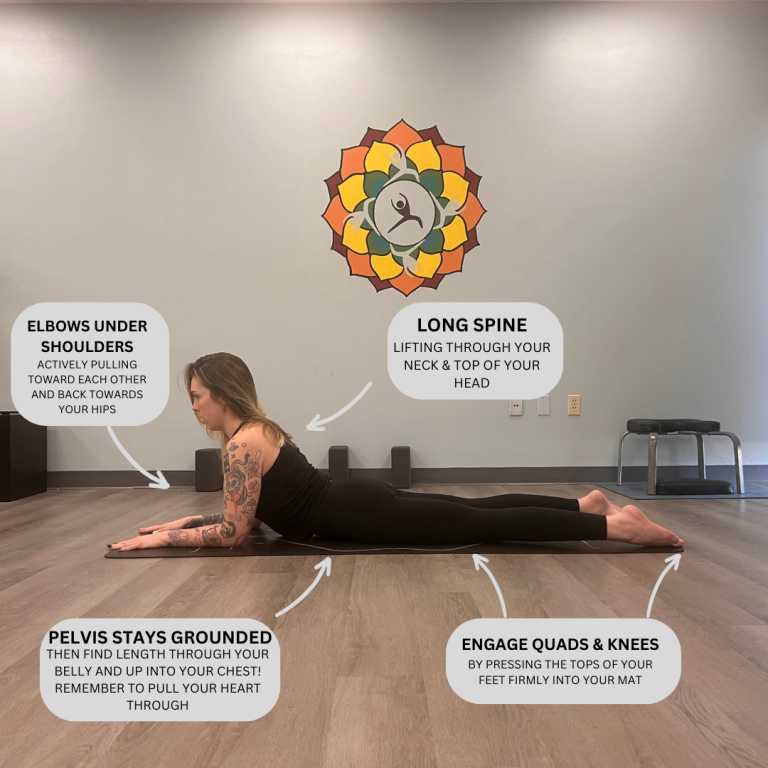How to Become a Yoga Instructor in India
How to Become a Yoga Instructor in India: A Comprehensive Guide
Embarking on the journey to become a yoga instructor in India is not just a career choice; it’s a transformative and enriching experience that combines ancient wisdom with modern practices. India, the birthplace of yoga, offers a plethora of opportunities for aspiring yogis to deepen their knowledge and share the art of well-being. In this guide, we will navigate the steps to becoming a certified and successful yoga instructor in the vibrant and spiritually rich landscape of India.
Step 1: Develop a Passion for Yoga
Before diving into the technicalities of becoming a yoga instructor, it’s crucial to cultivate a genuine passion for yoga. Attend classes, explore various yoga styles, and immerse yourself in the philosophy behind this ancient practice. Understanding the transformative power of yoga will not only fuel your own practice but also make you a more inspiring and effective teacher.
Step 2: Choose the Right Yoga Teacher Training (YTT) Program
India boasts a multitude of Yoga Alliance-certified 200 hour teacher training programs that cater to various styles and levels. Research and choose a program that aligns with your interests and goals. Popular destinations include Rishikesh, Goa, and Kerala, each offering a unique atmosphere and curriculum. Ensure that the program covers the essential elements, including asanas, pranayama, anatomy, philosophy, and teaching methodology.
Step 3: Select the Yoga Style that Resonates with You
Yoga comes in diverse styles, such as Hatha, Vinyasa, Ashtanga, Iyengar, and Kundalini. Identify the style that resonates with your personal practice and teaching philosophy. This choice will shape your teaching approach and attract like-minded students.
Step 4: Immerse Yourself in Indian Culture and Philosophy
Understanding the cultural and philosophical roots of yoga is integral to becoming an authentic instructor. Explore ancient texts like the Bhagavad Gita and Yoga Sutras, attend local satsangs, and engage with the rich spiritual tapestry that India offers. This knowledge will enhance your teaching and provide a holistic perspective on yoga.
Step 5: Practical Experience through Teaching Practice
Practice teaching is a fundamental aspect of any YTT program. Embrace opportunities to lead sessions, receive constructive feedback, and refine your teaching skills. Many programs include teaching practice with real students, providing invaluable hands-on experience.
Step 6: Anatomy and Physiology Knowledge
A comprehensive understanding of anatomy and physiology is essential for a yoga instructor. Delve into the mechanics of the human body, how it relates to yoga poses, and how to adapt practices for different individuals. This knowledge ensures a safe and effective teaching approach.
Step 7: Build a Strong Online Presence
In the digital age, having a strong online presence is crucial for career success. Create a professional website, showcase your expertise, and use social media platforms to connect with the global yoga community. This visibility will not only attract potential students but also open doors to collaboration and opportunities.
Step 8: Obtain Yoga Alliance Certification
Yoga Alliance is a globally recognized organization that sets standards for yoga teacher training. Ensure that your chosen program is Yoga Alliance certified, as this accreditation adds credibility to your qualification and opens doors to teaching opportunities worldwide.
Step 9: Specialize and Continue Learning
After obtaining your initial certification, consider specializing in specific areas like prenatal yoga, therapeutic yoga, or mindfulness. Continuous learning and specialization will distinguish you as an expert in your niche and broaden your appeal to a diverse range of students.
Step 10: Cultivate Mindfulness and Self-Reflection
As you progress on your journey to becoming a yoga instructor, remember that mindfulness and self-reflection are powerful tools. Regularly assess your teaching style, be open to feedback, and cultivate a genuine connection with your students. The ability to adapt and grow as an instructor is as important as mastering yoga poses.
Step 11: Establish a Consistent Personal Practice
Maintaining a regular personal practice is key to staying grounded and connected to the essence of yoga. Dedicate time each day to your mat, exploring different poses, meditation, and pranayama techniques. Your personal growth directly influences your ability to guide others on their yoga journey.
Step 12: Network within the Yoga Community
Building connections within the yoga community, both locally and globally, is essential for career development. Attend workshops, conferences, and yoga festivals to meet fellow instructors, share experiences, and stay updated on industry trends. Networking opens doors to collaborations, workshops, and potential teaching opportunities.
Step 13: Embrace Holistic Wellness
Yoga is not just about physical postures; it’s a holistic approach to well-being. Expand your knowledge beyond the mat by exploring holistic wellness practices like Ayurveda, nutrition, and holistic healing. Integrating these elements into your teachings adds depth to your classes and enhances the overall experience for your students.
Step 14: Consider Offering Online Classes
In response to the evolving landscape, consider offering online yoga classes. This allows you to reach a broader audience and provides flexibility for students to practice from anywhere. Familiarize yourself with virtual teaching platforms, create engaging online content, and stay adaptable to technological advancements in the field.
Step 15: Stay Committed to Ethical Practices
As a yoga instructor, ethical conduct is paramount. Uphold the principles of honesty, integrity, and compassion both on and off the mat. Respect the diversity of your students, create a safe and inclusive space, and continue evolving as a conscientious practitioner.
Step 16: Explore Retreats and Workshops
Participating in or organizing yoga retreats and workshops can be a rewarding aspect of your career. These immersive experiences provide an opportunity to deepen your teachings, connect with students on a more profound level, and explore beautiful locations that enhance the overall yoga experience.
Step 17: Continue Advanced Training
To truly excel as a yoga instructor, consider pursuing advanced training courses. These may include specialized certifications, advanced yoga teacher training, or even a master’s degree in yoga. Lifelong learning not only enhances your expertise but also keeps your teachings fresh and innovative.
Final Thought:
Becoming a yoga instructor in India is an ongoing journey of self-discovery, continuous learning, and service to others. By embracing the holistic principles of yoga, staying connected to the global yoga community, and adapting to the changing landscape, you can build a fulfilling and sustainable career. May your path be filled with joy, growth, and the transformative power of yoga. Namaste!







